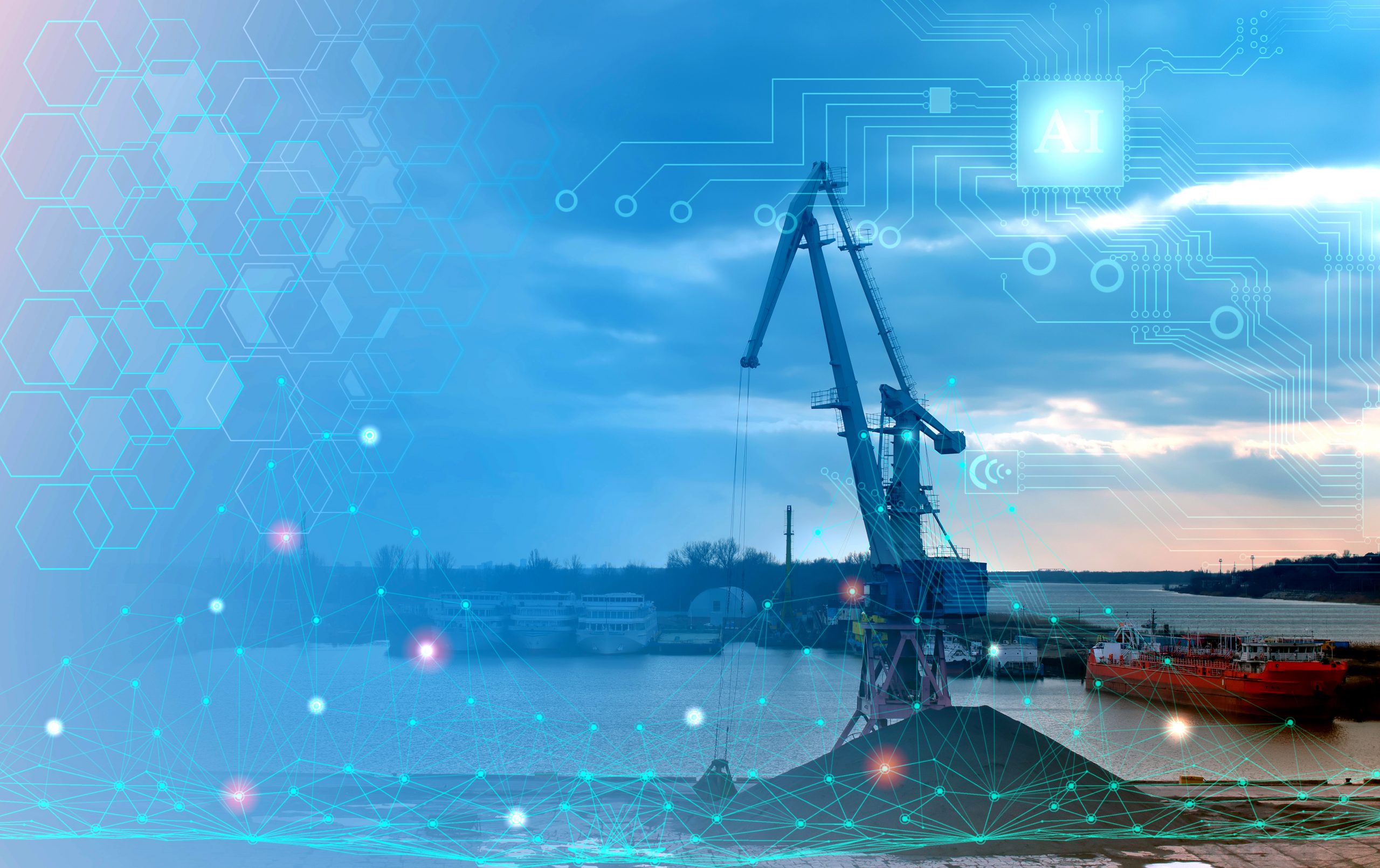Digitalisation of Ports and Shipping
The Covid-19 pandemic has forced many industries to change how they operate, just as it has transformed how people live and work on a daily basis.
In the port and maritime sector, the coronavirus outbreak is accelerating the process of digitalisation, and helping these industries become more forward-facing and better prepared for the future.
The Practical Need for Digitalisation
Normally, loading and discharge of vessels are very much based on human contact, but vessels berthing in the traditional way are likely to leave crews in a vulnerable position. They face restrictions on going ashore, just as they must restrict visitors coming on board. Also, there are key individuals who require access, such as service technicians.
The challenge for ports is to somehow reconcile Covid-secure requirements with the needs of efficiency and the ongoing demands of shipping.
What the pandemic has done is force ports and the maritime industry as a whole to look at their routines and tasks.
But what digital solutions are there?
The Port of Gothenburg
The Port of Gothenburg is the largest port of the Nordic countries, and it has already embraced the potential digital transformation. It is currently planning to launch its digital platform, Port of Gothenburg 2.0, in 2021.
But advanced systems that the port has already introduced are now proving invaluable during the Covid-19 outbreak.
One of these is a digital system for issuing permits to contractors. This cuts down the administrative burden considerably, and, importantly, reduces the need for face-to-face contact.
The port’s automatic gate system also supports a safer, more efficient port infrastructure.
Securing Supply Chains Digitally
Another impact of Covid-19 has been to heighten a global awareness of the importance of reliable supply chains.
A report from the Trelleborg Group indicates that 41 per cent of vessels miss their slots more than a fifth of the time.
Delays can affect individual stakeholders, but also lead to bottlenecks that impact the entire supply chain.
This is another driver of digitalisation, as more ports and terminals are looking for ways to streamline processes and predict disruption with the aim of containing or avoiding it.
There is a particular focus on the use of data to pinpoint exact arrival times of vessels and to have full supply chain connectivity that provides an excellent level of visibility at every stage.
The Port of Gothenburg is looking at ways of applying artificial intelligence (AI) to historical data, to predict events and accelerate crucial decision-making.
Data-driven decisions can improve planning by identifying important trends.
Ultimately, digitalisation can create platforms that enable a freer flow of freight, across all parts of the supply chain. AI can help optimise decision-making and safety procedures – improving monitoring, and predicting shipping positions, movements and manoeuvres.
But AI is one of several digital trends that are emerging in the port and maritime sector.
Emerging Digital Trends in Maritime
Smarter shipping optimises cargo handling, as well as maintenance and route-planning, with onboard data sensors connected to sophisticated data analytics.
And ports are increasingly automating more sophisticated, as well as basic, tasks with the use of robotics. These tasks even include inspections, alongside packaging, deliveries and fire-fighting.
Another major digital trend is in specialised training for port operations. Here, the use of ship to shore simulators offers the potential for safer, more efficient training that is cost-effective and can support improved productivity.
Simulation-based Vortex training solutions from CM Labs can simulate every stage of port workflow. And, during the pandemic, it offers expert training solutions that are not dependent on classroom attendance or face-to-face contact.
Highly realistic simulation has implications for strategic modelling, as well as training.
The Momentum of Digital Transformation
Covid-19 has brought a lot of hardship, tragedy and economic pain, but it has also enabled the port and maritime sector to experience the practical benefits of digitalisation in testing circumstances.
The momentum of digital transformation is building, and the technological solutions that ports and shipping operators adopt now will lay the ground for a more efficient and effective future.
Watch our webinar, in partnership with CM Labs and port industry experts, we shared insights about the latest technologies that are making waves in this sector.
WATCH THE RECORDING


















